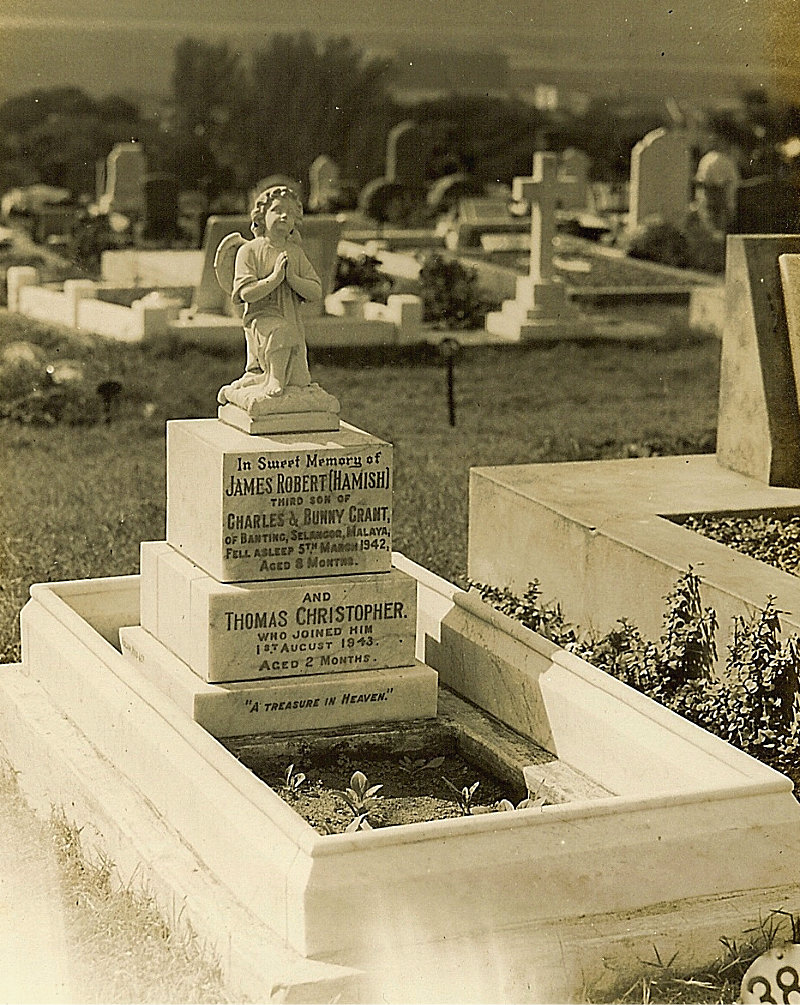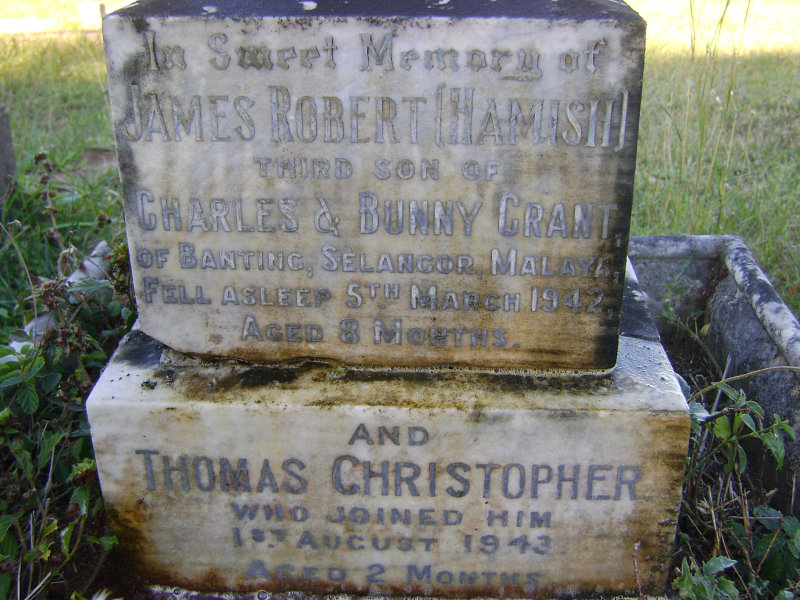The artical below is a summary of a presentation to the Durban and Coastal Branch by Ken Gillings at their November meeting.
Click on the images to enlarge
{artsexylightbox singleImage="images/Durbanl/Ken_Gillings.jpg" path="images/Durbanl" color="white" previewWidth="300"}{/artsexylightbox}
When the South African government declared war on Germany in 1914 (following the German incursion into South Africa at Nakob), it resulted in a bitter feud between several Afrikaner leaders who opposed going to war against a former ally during the Anglo-Boer War.One of these was General Manie Maritz, who had joined the newly established Union Defence Force with the rank of Lt Colonel. Maritz gathered together a party of Boer rebels and decided to attack Upington on the 24th January 1915 although first encounter with Union troops had in fact been on the 19th January 1915 at Lutzputz, approximately 70 km west of Upington. By remarkable coincidence, the rebels' advance had been observed by a gentleman named George St Leger Gordon Lennox who was none other than the legendary Scotty Smith and who warned the garrison of the impending attack. Maritz had, however, evidently sent a message to the garrison commander - who happened to be Colonel Jaap van Deventer - demanding his surrender. Van Deventer refused and Maritz responded with a note boasting that he'd have breakfast in Upington the next morning.
{artsexylightbox singleImage="images/Durbanl/Kakamas-graves_of_Lt_Neethling_and_Pte_Kruger.jpg" path="images/Durbanl" color="white" previewWidth="200"}{/artsexylightbox}
The inhabitants of Upington were warned to take shelter in the local church and the two hospitals and at dawn on Sunday 24th January 1915, Maritz, accompanied by Major Jan Kemp (another UDF officer who had joined the rebels) attacked with 1000 Boer rebels, four German guns, two pom-pom guns and two machine guns. The Cape Field Artillery had already taken up a position on two koppies north of the town and they engaged in a duel with the German guns. The rebels – led by a rebel leader from Kakamas named Stadler - approached the town
{artsexylightbox singleImage="images/Durbanl/016-German_graves_near_Kakamas.JPG" path="images/Durbanl" color="white" previewWidth="200"}{/artsexylightbox}
Maritz lost 12 killed, 23 wounded and 97 POW to the UDF's 3 killed and 22 wounded. Kemp surrendered on the 4th February 1915 and he was imprisoned until 1916. Many of those rebels captured were wearing German uniforms. The dead rebels were buried in hastily dug graves in the dry river bed, but the wind soon uncovered the bodies and the Union troops reburied them in deeper graves in the same area. After the war, in 1920, Kemp became a Transvaal MP and he obtained official permission to rebury them in his constituency of Wolmaransstad.The South African casualties were buried in the Upington cemetery and their graves are well maintained by the Commonwealth War Graves Commission.There was a second prong to this attack; a force comprising Germans under the command of Major Hermann Ritter. Ritter's force headed for Steinkopf but on hearing of Maritz's defeat, decided to attack Kakamas instead. He camped outside the town, mindful of his orders not to remain in South Africa for longer than 14 days. At dawn on the 4th February 1915, Ritter launched his attack under cover of his artillery, hoping to capture the two drifts across the Orange River and then proceed downstream. His force comprised 205 mounted riflemen, four guns and four machine guns. The telegraph line to Upington was then cut and a South African outpost was captured. The German guns opened fire at a range of 920 metres targeting the force of South Africans guarding the ferry while the German mounted riflemen charged down towards the drift. They hit a snag, however, when they were stopped by barbed wire fences, so they dismounted and headed towards the ferry landing on two flanks. The South Africans on the south bank tried to send reinforcements across the river but were prevented from doing so by heavy artillery fire from the German guns.
Continue reading
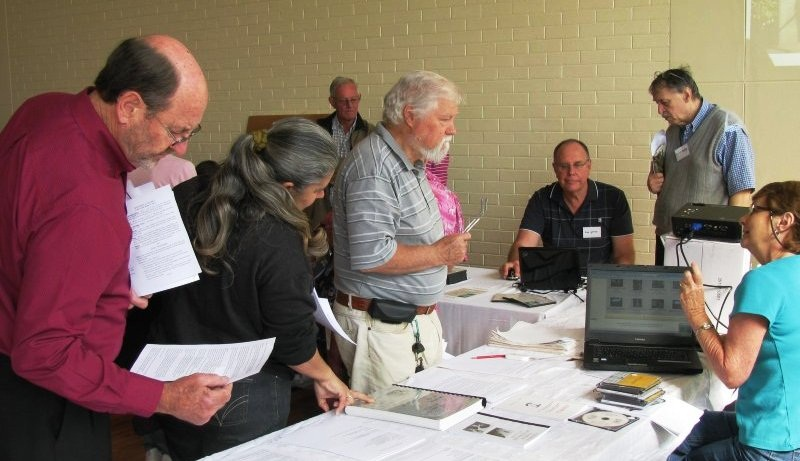 The Durban and Coastal Branch presently has 37 members all enjoying doing research on their families. Some have made great progress and have even published the results of their research. Many are having fun doing voluntary work for the Society creating more and easily accessable research information.
The Durban and Coastal Branch presently has 37 members all enjoying doing research on their families. Some have made great progress and have even published the results of their research. Many are having fun doing voluntary work for the Society creating more and easily accessable research information.


 Leonard Baumann who was an apprentice baker in Germany joined him many years later (1880) after JML had established his own bakery in London. A great seller was the “Ships Biscuits” supplied to sailing vessels and various garrisons stationed about the country. (And who does not know of ‘Bakers' biscuits?). Baumann Baking Co. West Street, Durban 1895 (Courtesy of www.triton.co.za) The Baumann business was one of the German-owned businesses that were severely affected by the ‘Avenge the Lusitania' campaign (ironically, the Baumann sons were fighting on the British side). Latent animosity built up from 1899 (Boer War events) and continued during the course of ‘The Great War' in South Africa between the English and Afrikaans-speaking sectors, and the sinking of the Lusitania on May 7, 1915 perhaps sparked the flame. The Lusitania (passenger ship) was headed towards an English port and was hit by a torpedo from a German U-Boat and sank in the Irish Sea 18 minutes after the strike. There were 703 survivors from 1900 passengers and crew. Despite warnings by the Germans in April of that year they would attack in the sea vessels, and a published piece in USA on 1 May 1915, the Lusitania went on its journey. Aboard were a small number of shell casings, but not live ammunition. An official of the Cunard Line stated “no submarine will catch the Lusitania”. (A few potential passengers did not board for the journey as they took heed of the German Embassy warning, rather than the reassurances of the Cunard official).
Leonard Baumann who was an apprentice baker in Germany joined him many years later (1880) after JML had established his own bakery in London. A great seller was the “Ships Biscuits” supplied to sailing vessels and various garrisons stationed about the country. (And who does not know of ‘Bakers' biscuits?). Baumann Baking Co. West Street, Durban 1895 (Courtesy of www.triton.co.za) The Baumann business was one of the German-owned businesses that were severely affected by the ‘Avenge the Lusitania' campaign (ironically, the Baumann sons were fighting on the British side). Latent animosity built up from 1899 (Boer War events) and continued during the course of ‘The Great War' in South Africa between the English and Afrikaans-speaking sectors, and the sinking of the Lusitania on May 7, 1915 perhaps sparked the flame. The Lusitania (passenger ship) was headed towards an English port and was hit by a torpedo from a German U-Boat and sank in the Irish Sea 18 minutes after the strike. There were 703 survivors from 1900 passengers and crew. Despite warnings by the Germans in April of that year they would attack in the sea vessels, and a published piece in USA on 1 May 1915, the Lusitania went on its journey. Aboard were a small number of shell casings, but not live ammunition. An official of the Cunard Line stated “no submarine will catch the Lusitania”. (A few potential passengers did not board for the journey as they took heed of the German Embassy warning, rather than the reassurances of the Cunard official).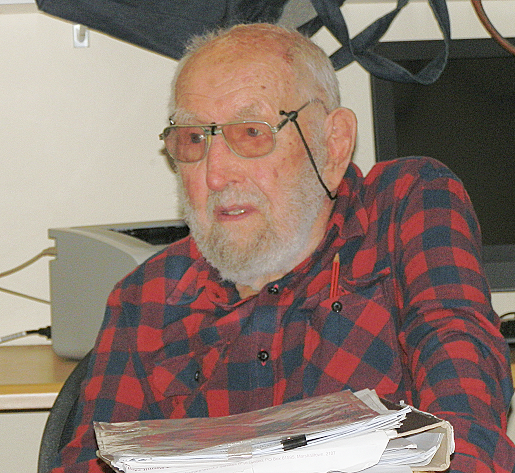 into Crahamstown Cathedral where they found a plaque which honoured a Capt. Arthur Knight. After taking a photo of the words, Ken spent time at the Cory Library from which he gained an amazing amount of information ... and, yes, he was descended from Arthur Knight!
into Crahamstown Cathedral where they found a plaque which honoured a Capt. Arthur Knight. After taking a photo of the words, Ken spent time at the Cory Library from which he gained an amazing amount of information ... and, yes, he was descended from Arthur Knight!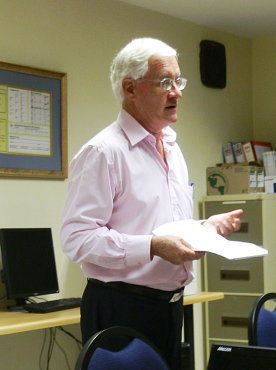 "Sugar and Settlers - A History of the Natal South Coast 1850 -
"Sugar and Settlers - A History of the Natal South Coast 1850 -